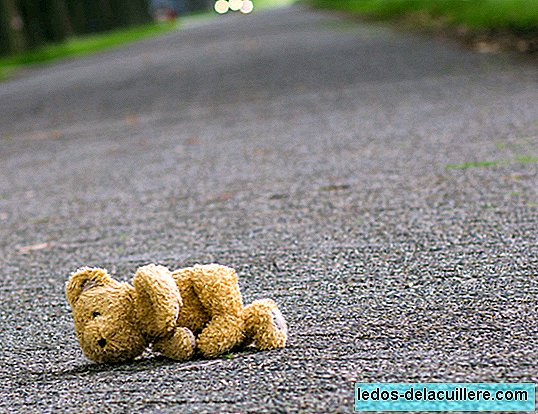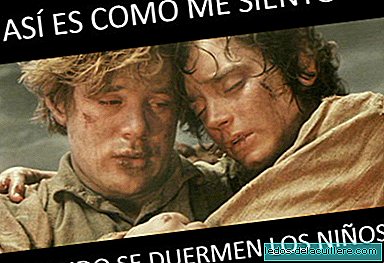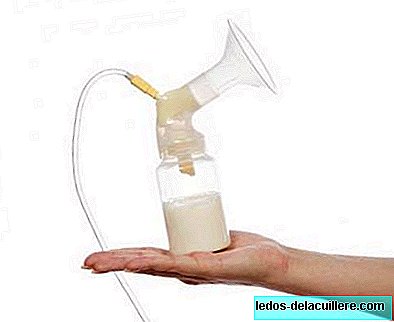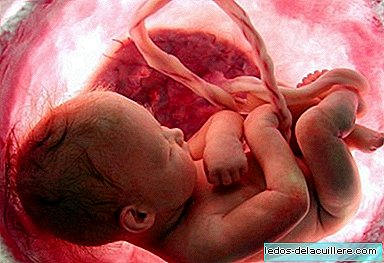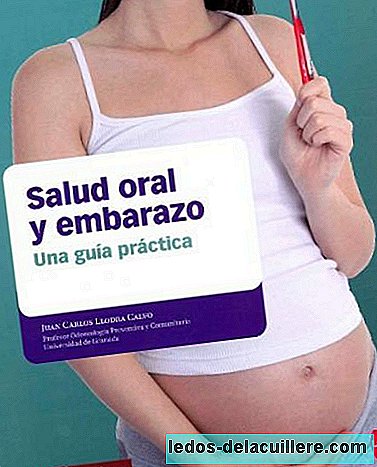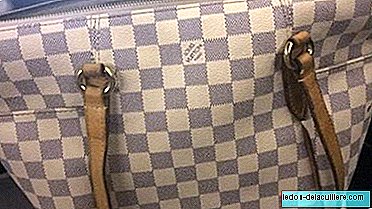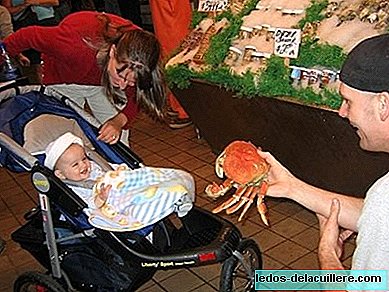
Christmas is approaching and who else who least already imagines licking heads of prawns, prawns or crabs. Crustaceans are usually consumed in many places, although customs are different in each country. In this area, paellas usually have varied crustaceans as another ingredient.
But some of these customs that some of us find so delicious (for others they are as disgusting as it would be for us to eat a beetle) they are dangerous to health, especially that of children, if they are usually performed.
If we recently talked about the limitations regarding certain blue fish due to the excess of mercury and vegetables due to high levels of nitrates, the Spanish Food Safety Agency (AESAN) also draws attention to excess cadmium in crustaceans.
Why cadmium is dangerous and where it is found
Cadmium (Cd) is a heavy metal that is found naturally in the environment associated with zinc, copper or lead minerals, making it an inevitable byproduct in mining activities related to these metals. It accumulates in the environment and in many foods, especially in the viscera of those of animal origin.
Notably among them are shellfish, which are often consumed whole, guts included. It is the case of Crustaceans such as prawns, prawns, crabs, sea oxen, spider crabs... The heads of these shellfish, which are usually sucked or mixed with white meat in the case of larger ones (sea oxen), contain the digestive system, which is where cadmium accumulates mainly.
This metal has no biological function in humans or animals, is toxic and tends to accumulate in the body, mainly in the liver and kidney. Its accumulation can cause renal dysfunction, demineralization of the bones ...
In products of plant origin, the highest levels are found in algae, cocoa, wild mushrooms and oilseeds.
Children, more sensitive to the toxic of crustaceans
The average consumer's cadmium intake that does not eat dark crab meat is already near or slightly higher, than the tolerable weekly intake of 2.5 μg / kg of body weight established by the European Food Safety Authority (EFSA) in 2009. This is so because cadmium is found in many foods, some commonly consumed as cereals.
But not all population groups are equally sensitive, and of course Children are among those who may be most affected by cadmium. The Directorate General for Health and Consumer Protection (DGSANCO) of the European Commission notes in an informative note that
There are specific subgroups of the population, such as children or people living in heavily polluted areas, which can almost double this tolerable weekly intake without consuming dark crab meat.
In a control exercise carried out during 2009 and 2010 by the European Commission, it was revealed that the levels found in the meat inside the shell of the crab-type crustaceans were very high and very variable. The white meat of the appendages remained at safe levels. The content of cadmium in the roe of crustaceans, although higher than that found in the appendices, is not high.
The problem was in cadmium levels of "meat" that is not white, which is not really meat but the viscera of the crustacean, which exceeded the recommended limits.
The situation in other crustaceans, such as prawns and the like, is not as extreme as in the case of crabs, since the use of the head with respect to the abdomen is lower.
Finally, AESAN warns and recommends the following:
Consumers of these types of products should be aware that the consumption of these parts of crustaceans can lead to an unacceptable exposure of cadmium, particularly when consumption is common (...). Consequently, the Spanish Agency for Food Safety and Nutrition recommends that the consumption of dark meat of crustaceans, located in the head, be limited as far as possible, with the aim of reducing cadmium exposure.
In any case, we remind you that the recommended age of introduction of crustaceans In the diet of children it is usually around 12 months, although if there is a family history of allergy, they must be delayed further.
Seen the seen, it is better that this Christmas be cautious with the consumption prawns, prawns, crabs ..., and that especially For the children, we choose the white meat of the crustaceans, also in moderation, and not the parts that accumulate more cadmium. Will the elders be able to resist the temptation to suck the heads of some of these delicious delicacies?


